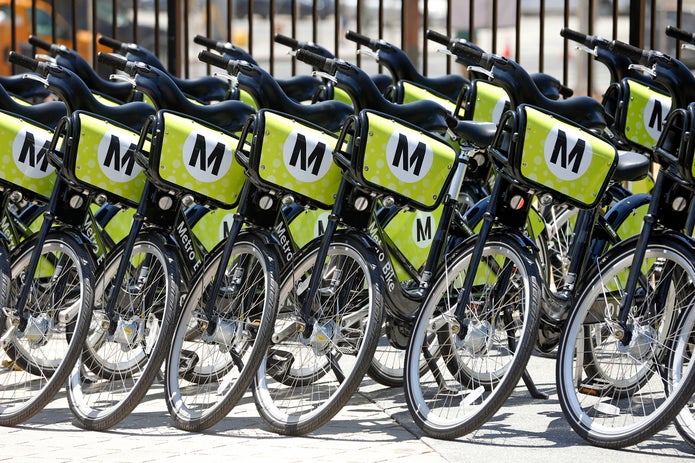LA-bike-sharing-network

Bike sharing is the shared use of a fleet of bicycles which provides users with on-demand access to bicycles for one-way (point-to-point) or roundtrip travel. Bikes can be e-bikes or manual.
Bike sharing programs are an elegantly simple answer to urban gridlock, air pollution, and healthier lifestyles. It sounds like a simple system but its not. Keeping hundreds of bikes tuned up at the right stations and making them available to users requires the help of technology.
Bike sharing networks are present in cities of all sizes, they allow everyone (including visitors) a fun, cheap and easy way to explore the city they are based in and have even become part of regular commuter routines. Bike in itself doesn’t use a lot of tech, however, technology plays a major role in the rapid expansion of the bike sharing networks.
Technology helps in building the smart bike sharing networks. The bike sharing companies use GPS sensors to track the bikes, and smartphones. They also keep the credit card on the file till the bike is returned (same like rental car) and to penalize the customer if the wheels of the bike go missing. Riders, meanwhile, can use apps to track down available rides or bike-share stations when they need them.
In this project, I will be exploring the various features of the bike sharing network and the relationships among them. I would then predict the number of trips from each station. I will split the dataset into two parts, one is training dataset and the other one is testing dataset. I will use the training dataset to build the model. I will use decision tree and other algorithms for modeling. I will use the test dataset to test the accuracy of the target variable and conclude the best model based on the accuracy.